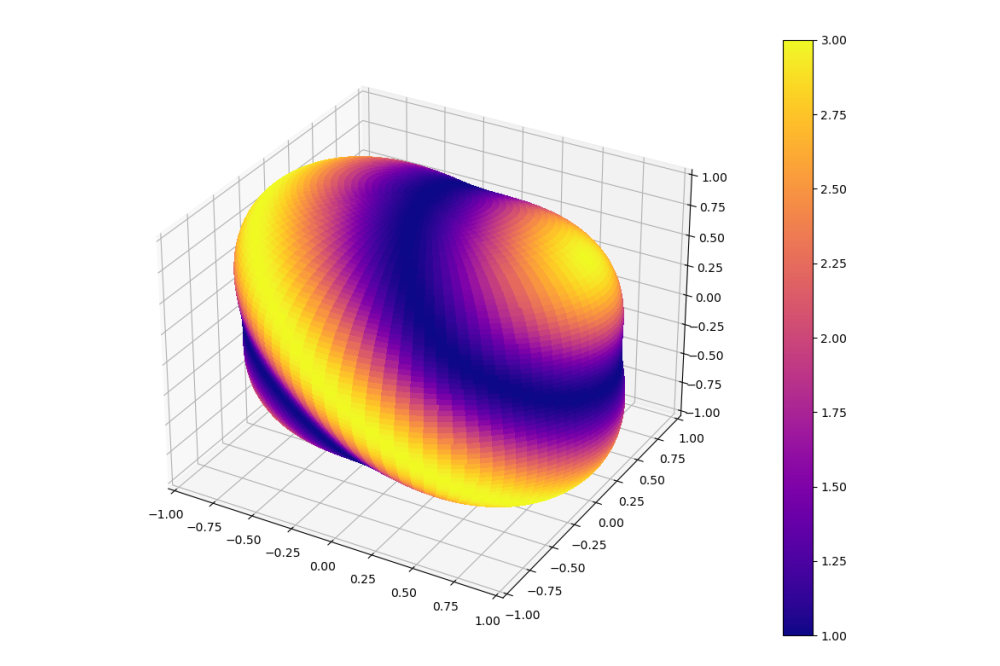Numerical Bounds on Few Body Sector-Lengths
Introduction
Analyzing the correlation structure of quantum systems is central to understanding their behaviour. The notion of sector lengths is useful for quantifying correlations in multipartite quantum systems in a basis-independent manner. A complete characterization for sector lengths for two and three qubits exists, however for more qubits this proves difficult to obtain. Instead of deriving properties for four qubits and above, we numerically investigate such systems by obtaining lower bounds on the maximal k-partite correlations for certain k>3. For this purpose, tools from differential geometry are introduced to optimize over arbitrary pure quantum states and certain subsets such as symmetric states. Scaling these tools to interesting cases for four or more qubits necessitates a large quantity of memory on hardware accelerators, such as GPUs, motivating the use of HPC . Additionally, we numerically investigate and support a given conjecture of a threshold n0 after which correlations are upper bounded by nCk.
Methods
Modeling the set of all pure quantum states as a high-dimensional sphere allows to use tools from differential geometry such as the exponential map to traverse this set, yielding defined movement from a given state in some direction. These tools are integrated into popular first order gradient based optimization algorithms such as the class of ADAM (adaptive moment estimation method) algorithms. The required objective function is found and optimized by defining the sector lengths of a given state via the purities of its reductions and applying some polynomial transformations. We derive this function and execute it on hardware accelerators using auto-differentiation and just in time (JIT) compilation tools form the Google JAX library for Python.
Results
We find lower bounds on all maximal values for all k below 10, investigating up to n below 16. Our results suggest existence of a threshold n0 after which correlations are upper bounded by nCk, supporting the initial conjecture. Additionally, lower bounds on maximal values are found for restricted subsets of the pure quantum states, yielding similar structure for symmetric states. More importantly, the impact of such restrictions on the required runtime and memory on hardware accelerators is significant, allowing to quickly raise the initial lower bounds compared to optimizations over all pure states. Obtained results suggest an equivalence between the pure and symmetric states in terms of breaking the nCk bound for the threshold n0, which we conjecture to hold.
Discussion
The obtained results motivate a deeper look into the correlation structure of pure states and symmetric states using the sector lengths. However, we quickly hit scaling issues in terms of hardware accelerator memory and runtime even with use of HPC. The conjectured equivalence between pure and symmetric states in terms of breaking the nCk bound could be used to resolve these scaling issues for investigation of the threshold n0. Additionally, the current computation heavily relies on computing large density matrices of pure states, further hindering upscaling of computations. Removing this dependency is unavoidable in further numerical investigations of the conjectured threshold n0. The methods used are currently only supporting qubits and optimization over single sector lengths. Applying similar investigations to qudits might reveal yet unknown correlation structure and uncover similar conjectures. Supporting optimization over expressions of sector lengths instead of individual values at the same time opens up optimization over entropy and entanglement values, as both can be expressed using linear combinations of sector lengths.




